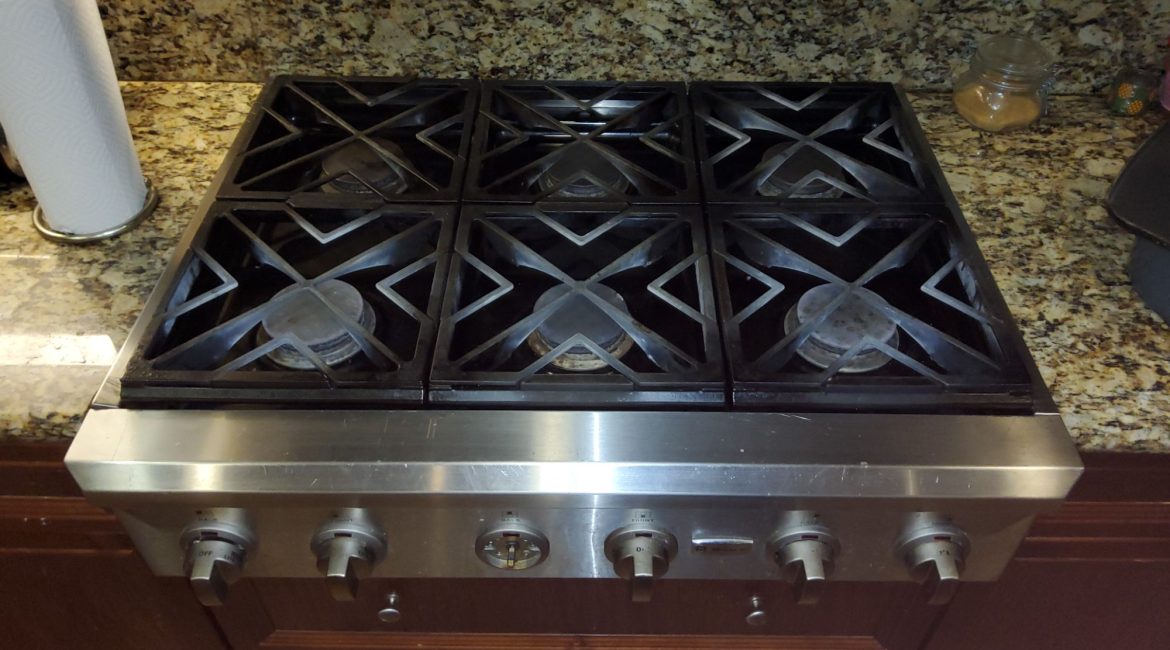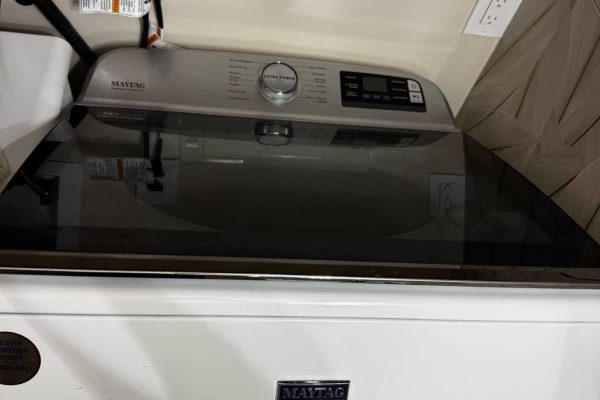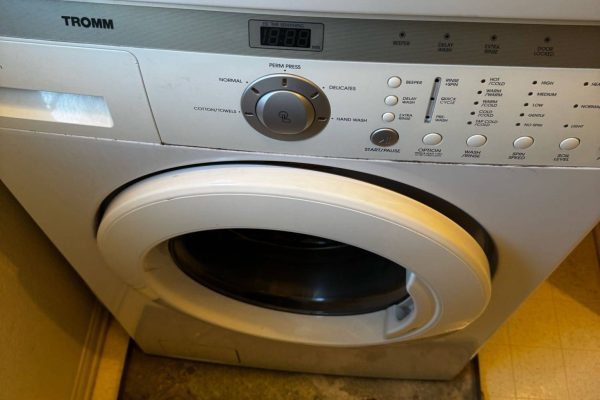Touch control panels have become standard in modern household appliances—microwaves, ovens, induction hobs, and washing machines. They offer convenience, modern design, and intuitive operation. But what if the sensor suddenly stops responding? Before blaming the electronics or assuming the entire panel needs replacing, it’s important to look at one overlooked component: the protective glass.
Understanding the Role of Protective Glass
The protective glass on touch-sensitive surfaces does more than serve an aesthetic purpose. It shields the delicate electronics underneath from moisture, grease, and physical wear. It ensures accurate touch registration and responsiveness. Over time, however, this glass can deteriorate or become damaged in subtle ways that affect the performance of the entire sensor system.
Signs That the Problem May Be with the Glass
When a touch sensor fails, most people immediately think it’s a malfunction of the electronics. But in many cases, the issue lies in the worn or scratched surface of the protective glass. Here are some telltale signs:
- Uneven touch response: Some areas of the screen respond well, while others seem dead.
- You need to press harder: The sensor no longer reacts to a light touch as it once did.
- Scratches and cloudiness: Visible damage to the surface can obstruct touch sensitivity.
- Frequent cleaning needed: Grime and residue stick more easily to worn glass, affecting functionality.
It’s essential to rule out this physical layer before considering more expensive repairs or replacements.
How Wear Affects Touch Sensitivity
Touch-sensitive surfaces operate on capacitive or resistive principles. In both cases, the interaction depends on accurate contact between your finger and the panel surface. If the protective glass is scratched, chipped, or even just heavily worn, it can interrupt this interaction. In some appliances, the sensor beneath becomes misaligned due to pressure damage or thermal expansion from frequent heating and cooling.
Furthermore, oils from fingers and residues from cleaning agents can seep into microcracks in the glass, creating a barrier between your touch and the sensor. This leads to decreased responsiveness even though the electronics are perfectly functional.
Why Replacing the Glass Is a Smart First Step
If you’re experiencing touch sensitivity issues, repairing or replacing the protective glass is often faster, cheaper, and less invasive than replacing an entire control board. At Poway Appliance Repair Service Center, our specialists have encountered this issue countless times, particularly in:
- Microwave ovens with touch keypads
- Induction hobs with digital control surfaces
- Washing machines with program selection via touch
- Ovens with touch display panels
We’ve seen cases where clients were ready to replace their entire appliance—only to discover that a simple glass replacement restored full functionality.
Professional Assessment Is Key
Before jumping to conclusions, let a qualified technician inspect the appliance. Our experts at Poway Appliance Repair Service Center use diagnostic tools to differentiate between sensor failure and surface layer interference. If the problem is indeed the glass, we can quickly source and replace it using OEM parts suited for your model.
Also, incorrect installation or poor-quality replacement glass can make the problem worse. That’s why professional handling is critical—especially when dealing with appliances that involve heat, moisture, or electrical current.
Prevention and Maintenance Tips
To extend the life of your appliance’s touch control system:
- Clean with care: Use microfiber cloths and non-abrasive cleaners.
- Avoid harsh chemicals: These can degrade protective coatings on the glass.
- Minimize force: Touch gently. Pressing hard can wear down sensitive components.
- Wipe regularly: Dirt and grease can act like sandpaper over time, scratching the surface.
Don’t Replace the Appliance—Repair It Smartly
In many cases, replacing a scratched or worn protective glass panel brings your appliance back to life. It’s a cost-effective solution that restores functionality and aesthetics. If your appliance isn’t responding to touch, don’t assume the worst. Let the professionals diagnose the real issue.
If your appliance’s touch controls have become unresponsive or inconsistent, contact Poway Appliance Repair Service Center. Our technicians will inspect, diagnose, and resolve the issue—often by simply replacing the worn protective glass. Save time and money by choosing the smart repair first.
Call us today or schedule your service online. Don’t replace your appliance until you’ve talked to us—your touch control might just need a new surface.
Contact us


